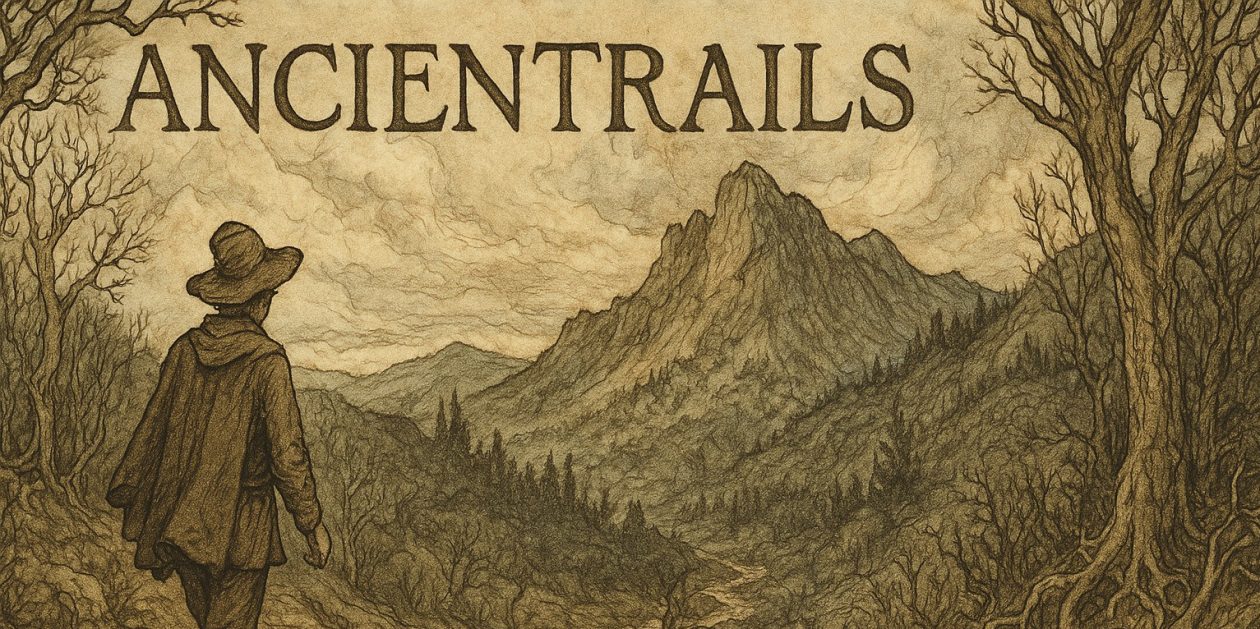Samhain Moon of the Winter Solstice
A week from tomorrow, December 22nd, was to be a day of unusual properties for many people. Still is for a few. One last winter solstice, then with a sigh or a bang or, as Eliot suggested, with a whimper, the world would end. Fade to black. Close the book. Turn off the I-Pod. Cue the dramatic finale.
Except. All that will end is one era of Mayan time, albeit a long one. 21 December 2012 is regarded as the end-date of a 5125-year-long cycle in the Mesoamerican Long Count calendar.
Folks have been ending the world, I imagine, since we could consider the end of it all. It’s practically a hobby amongst adherents to religions as different as Buddhism and Pentecostal Christianity. There’s a certain frisson to imagining a point beyond which no imagination is necessary, or, possible.
And we have multiple personal instances of the end of all things. Each death is an apocalypse, an eschatological moment when a whole universe dies. So the experience of ultimate endings is very much part of the human experience, yet it does not transfer, at least not with the same inevitability to existence itself.
Yes, the sun will burn out. And, yes, some astrophysicists say the universe will. finally. slow. down. no motion. no heat. done. But these experiences are so far away in time and so completely other from our human lives that they make little sense as talk of the end times.
See you on the other side. Of the Mayan long count. I’ll be smiling.
